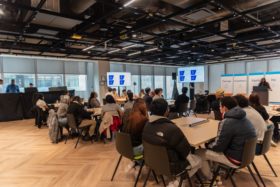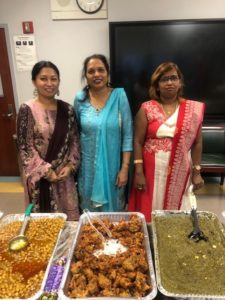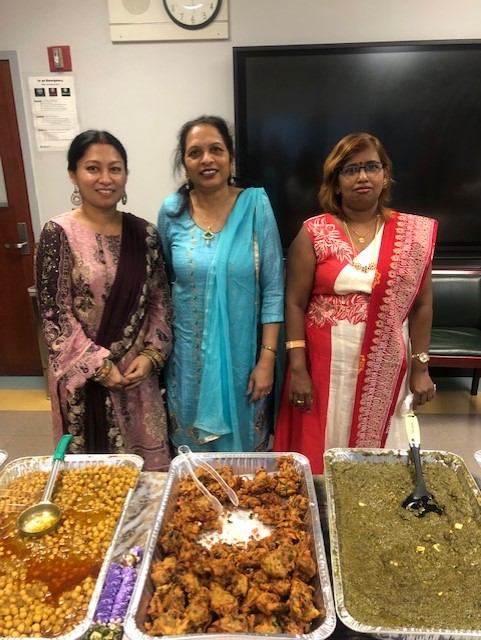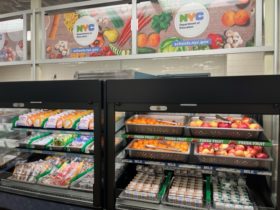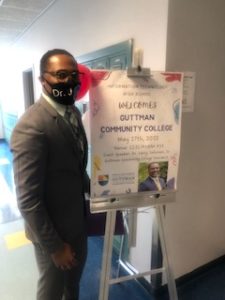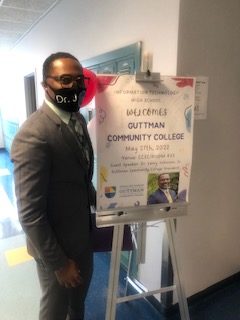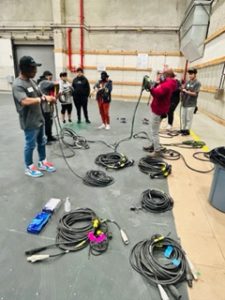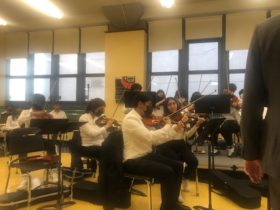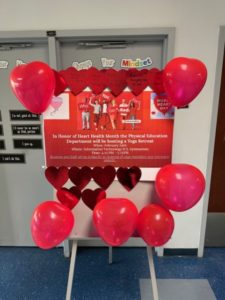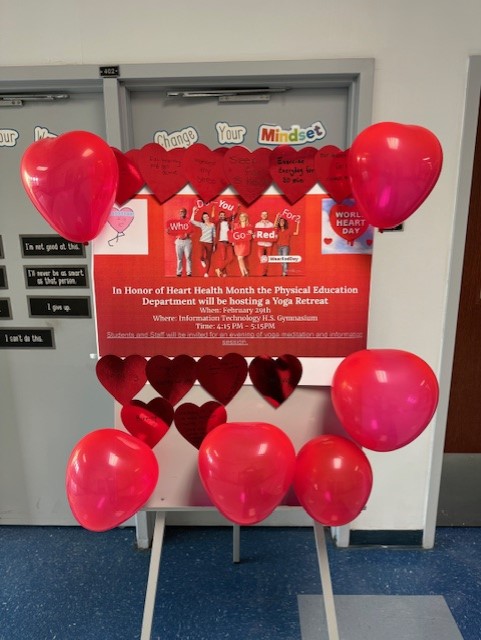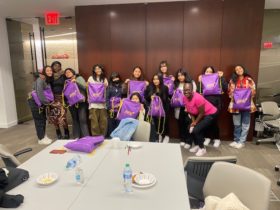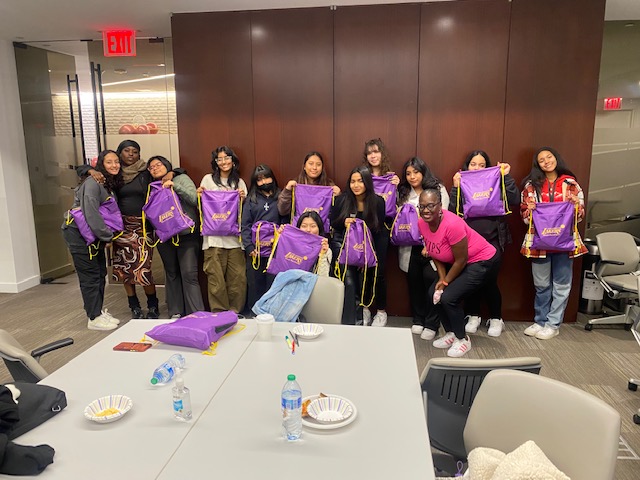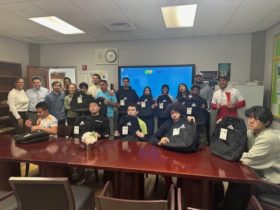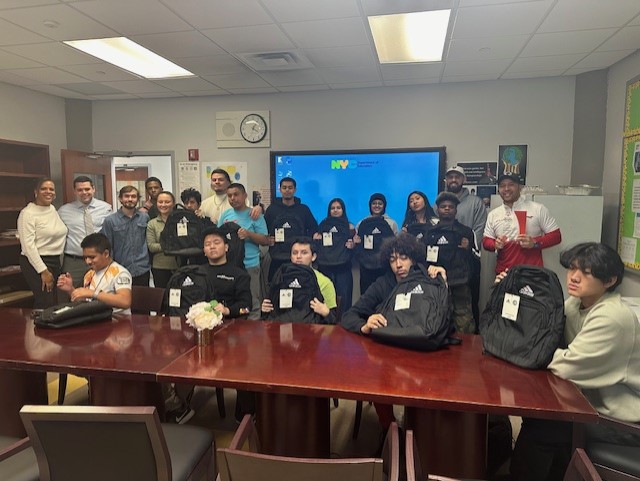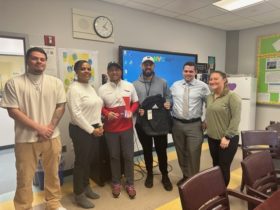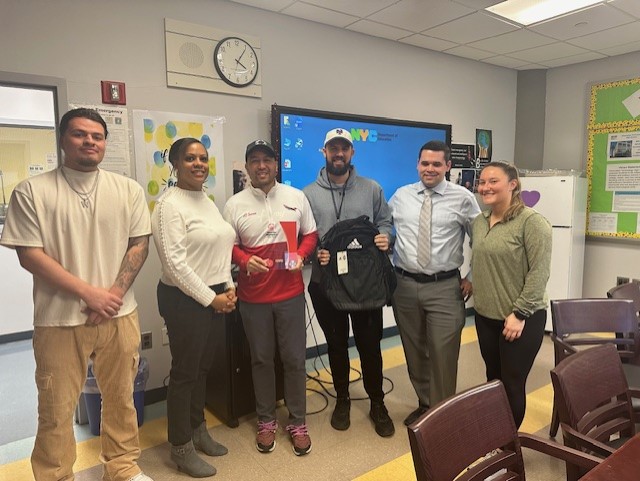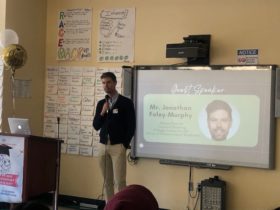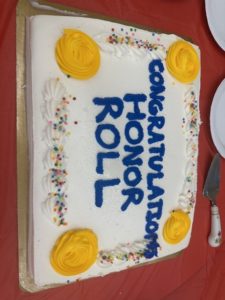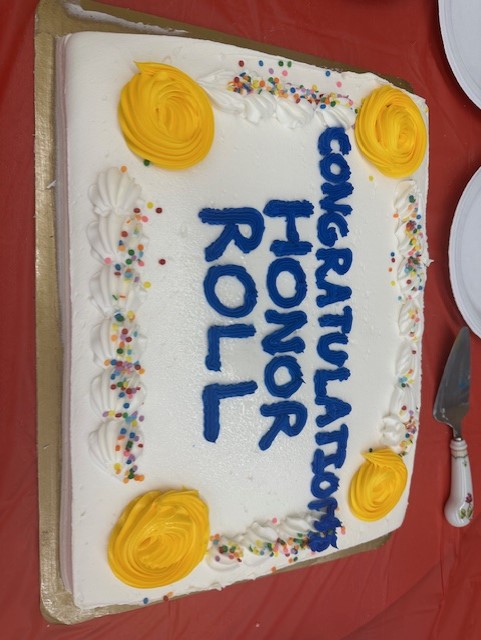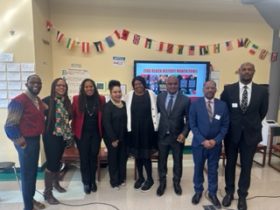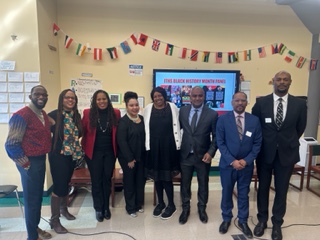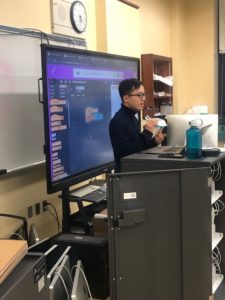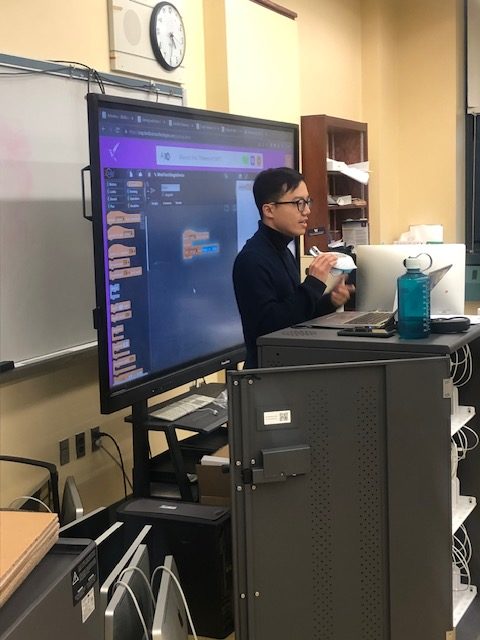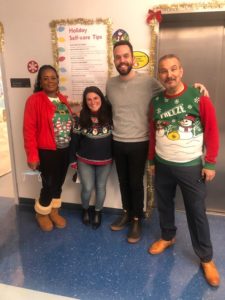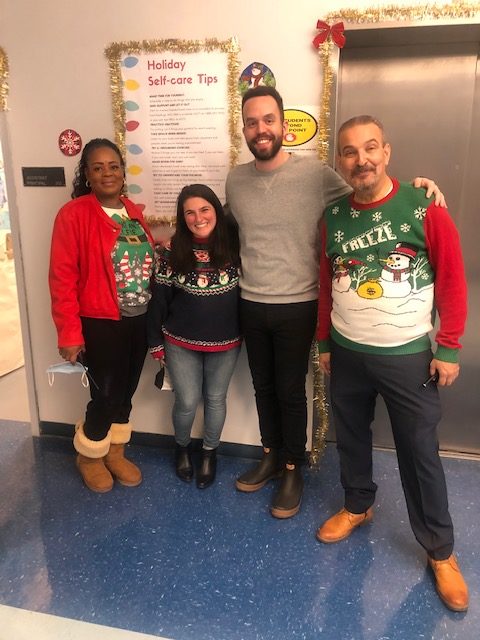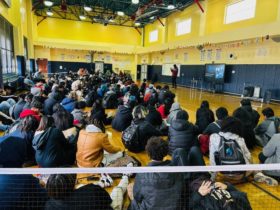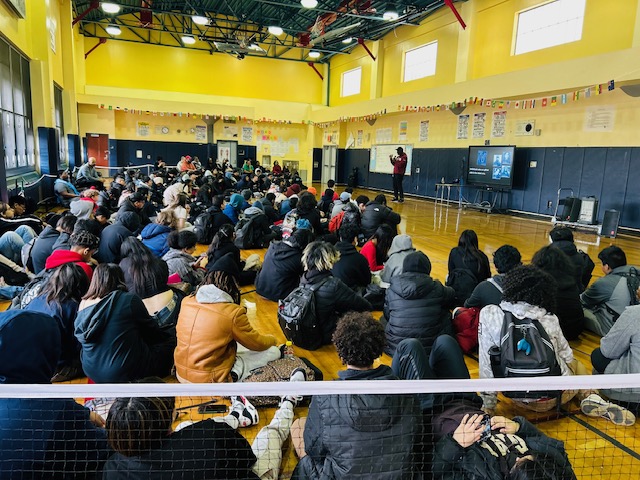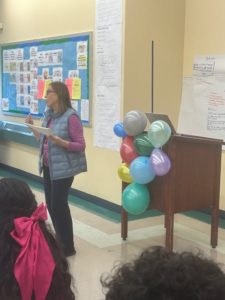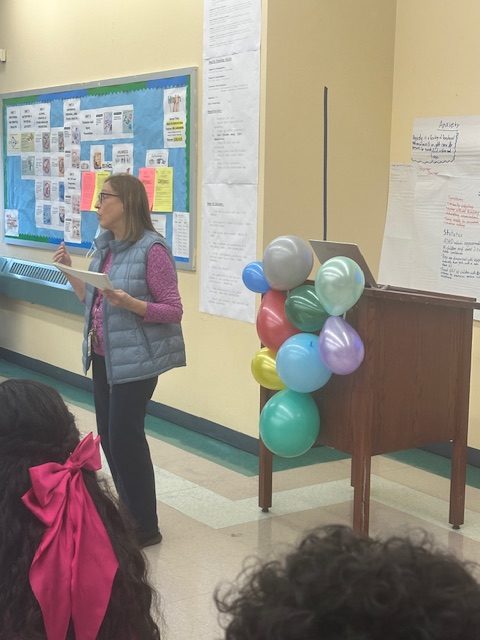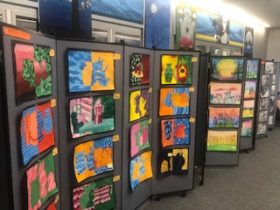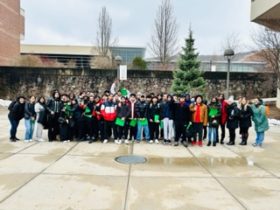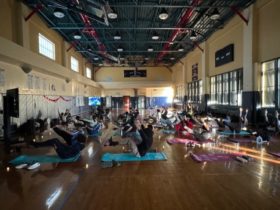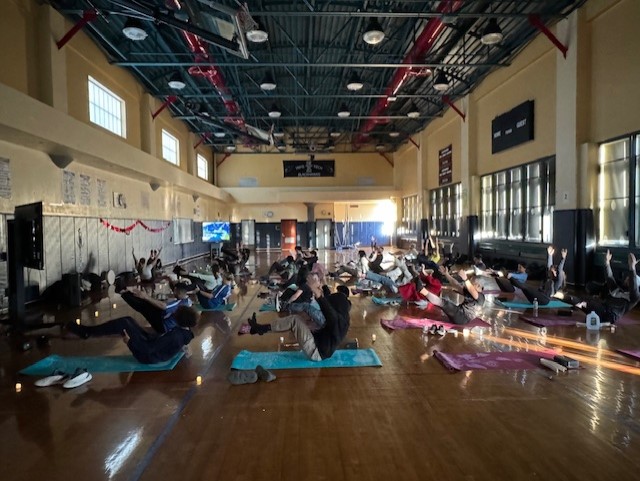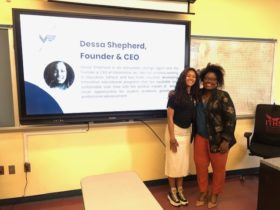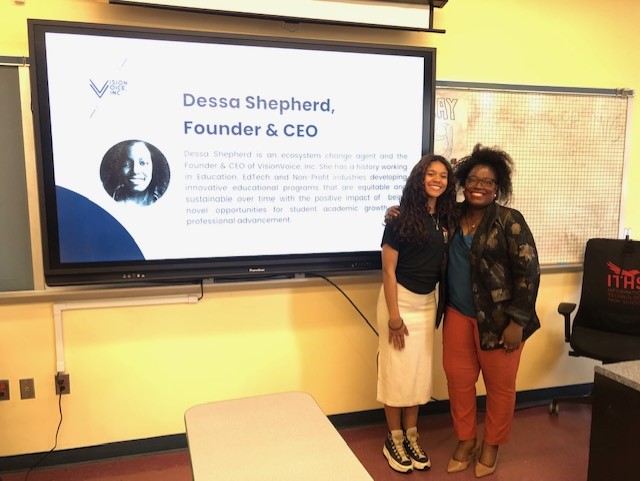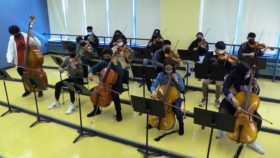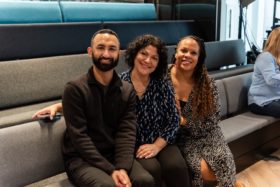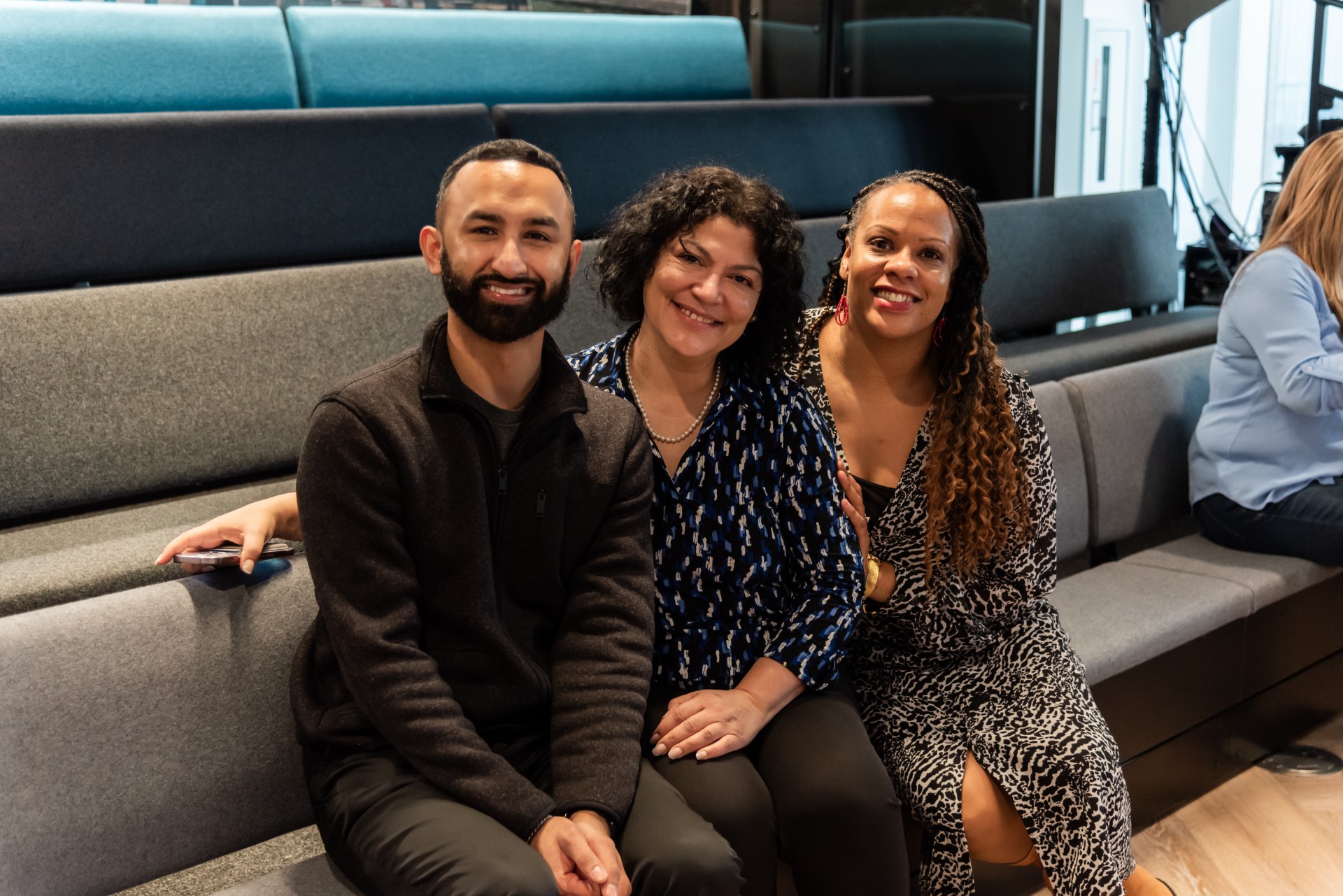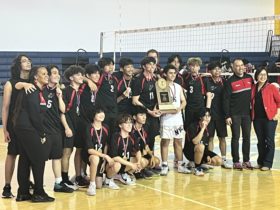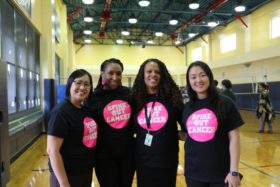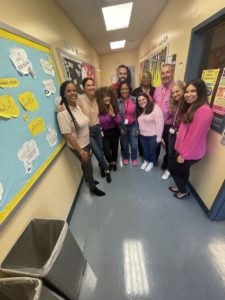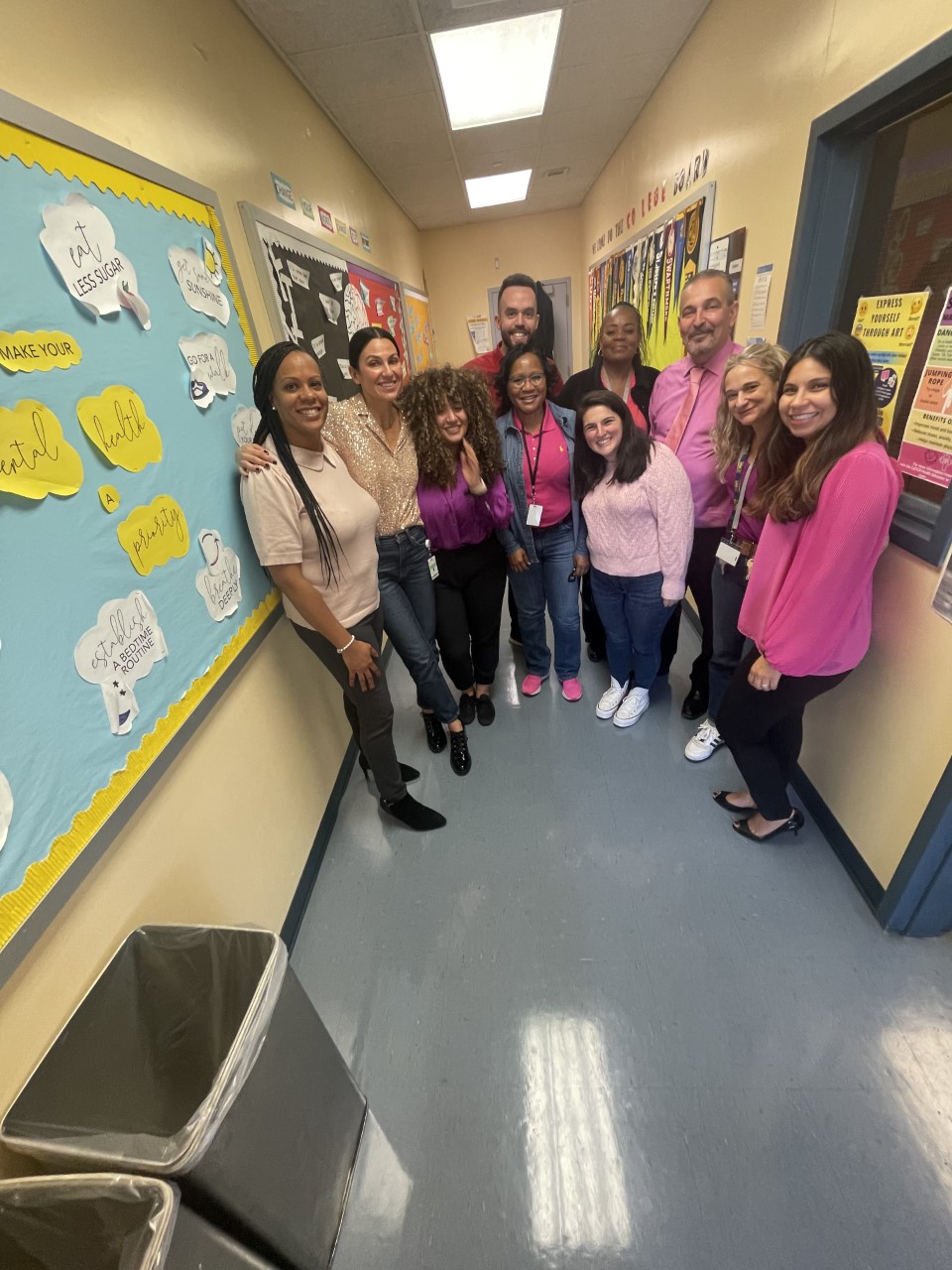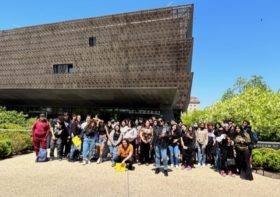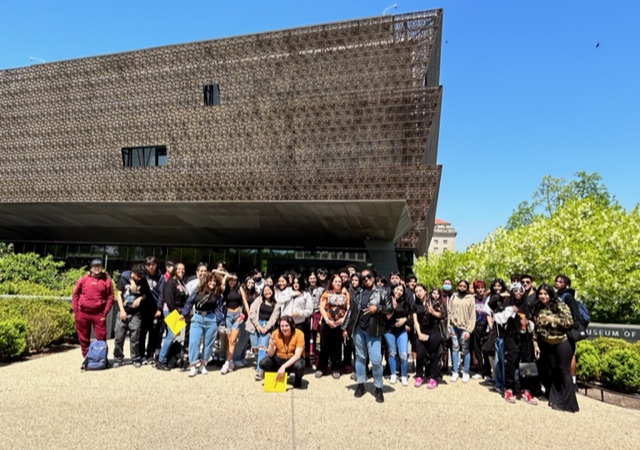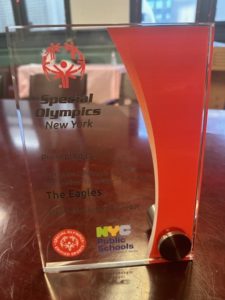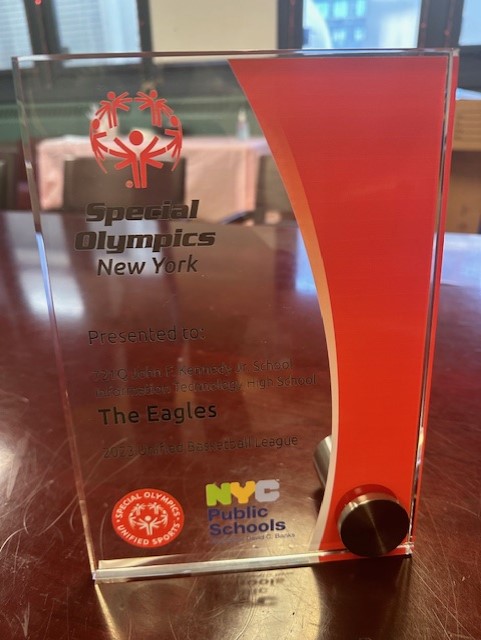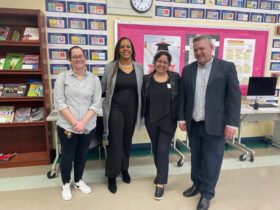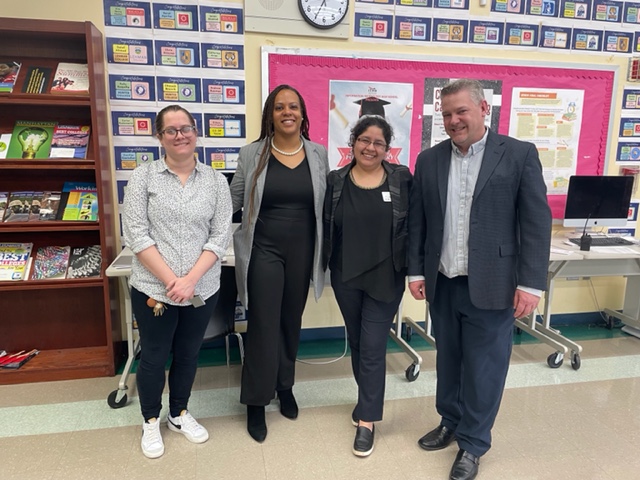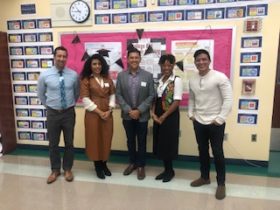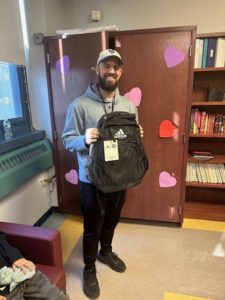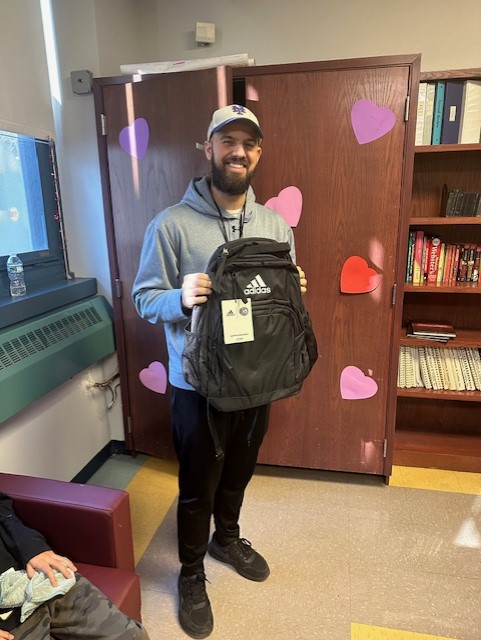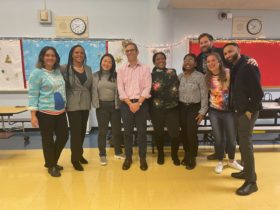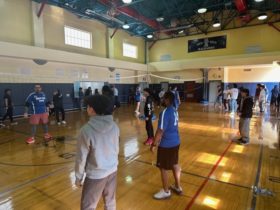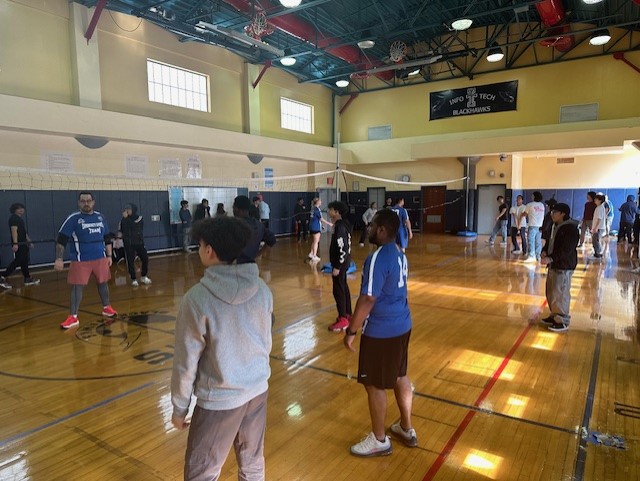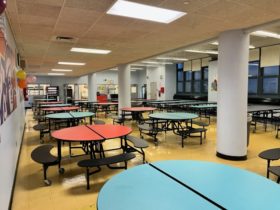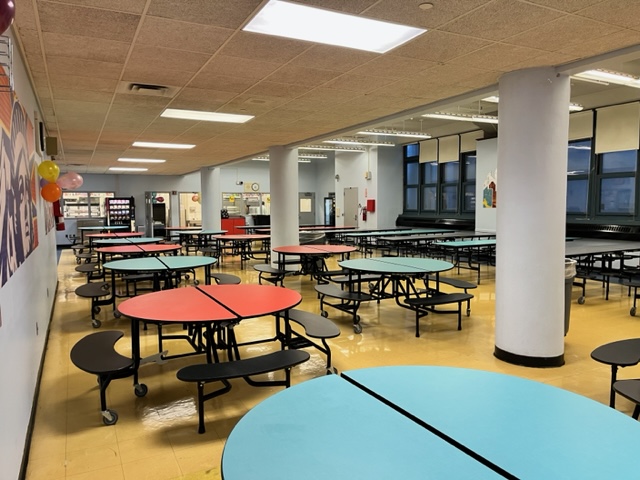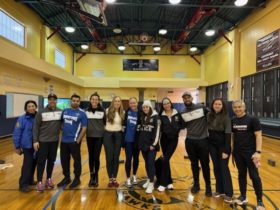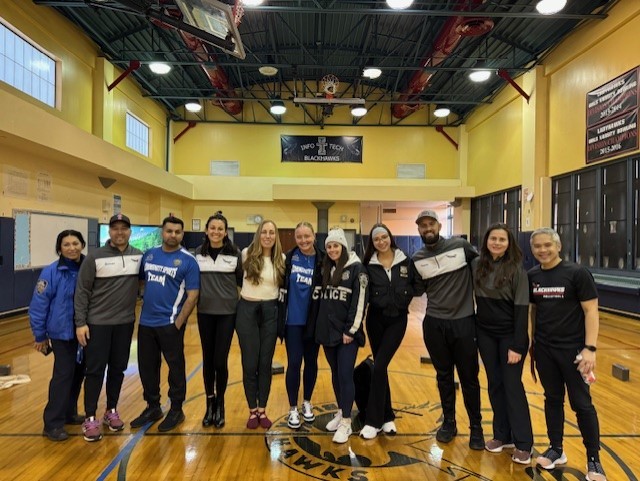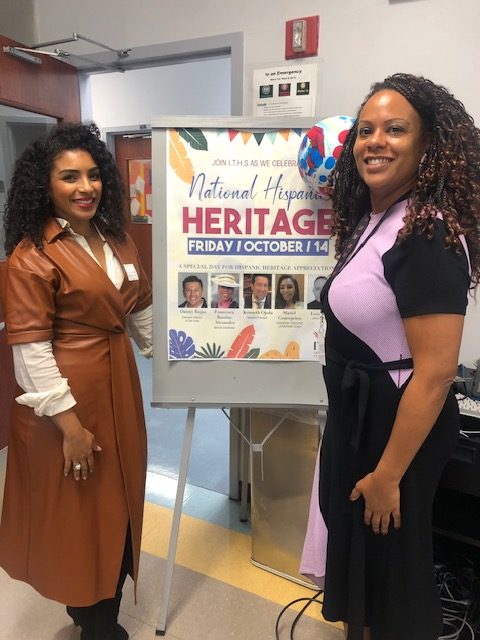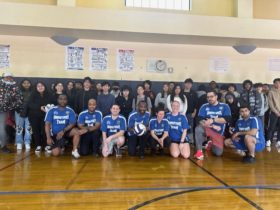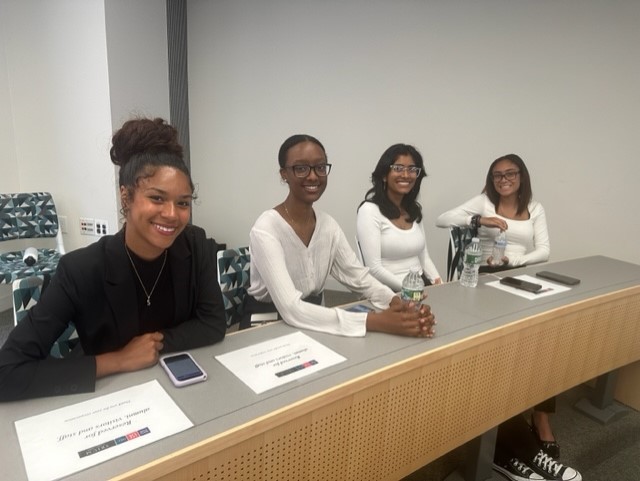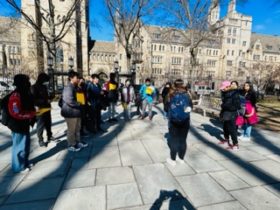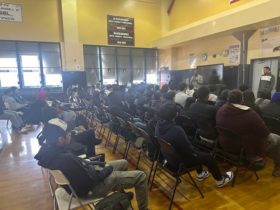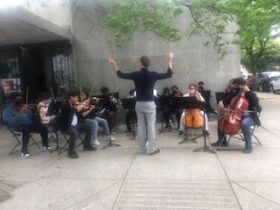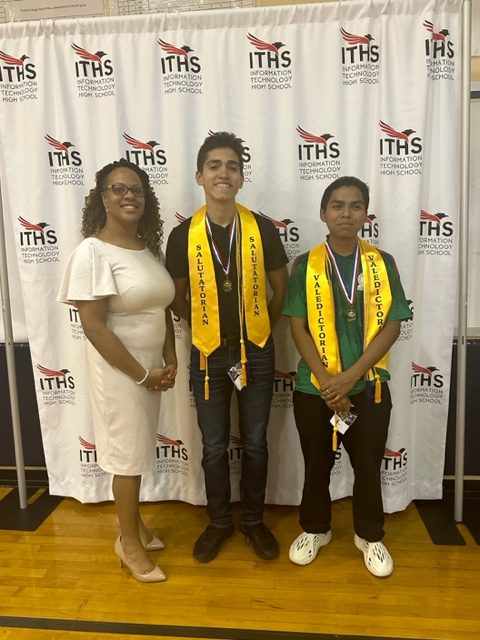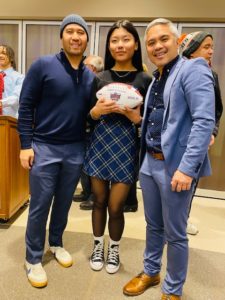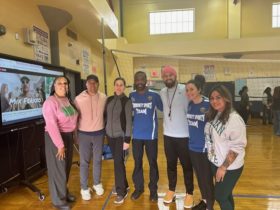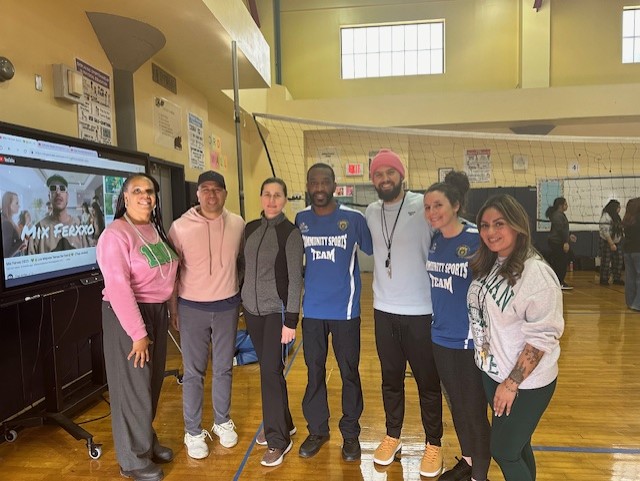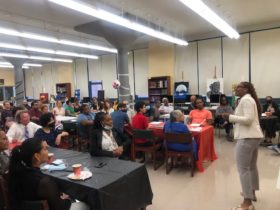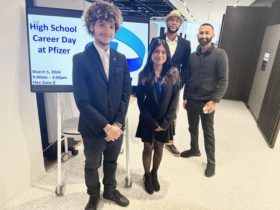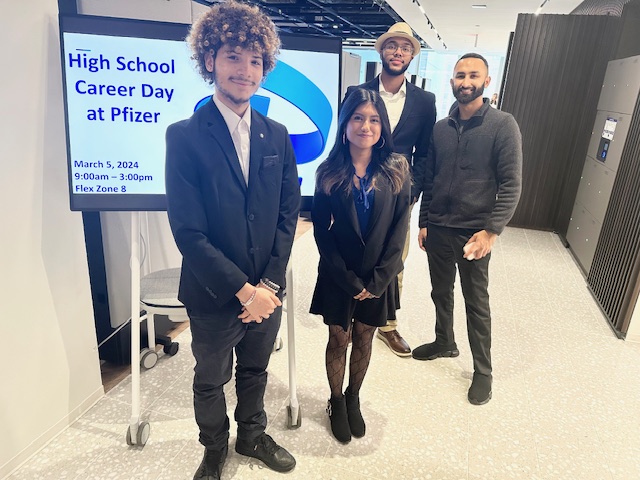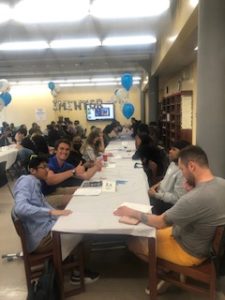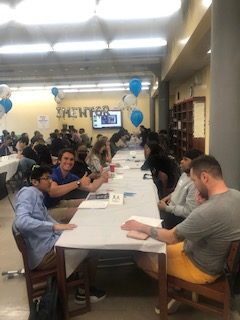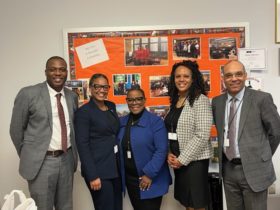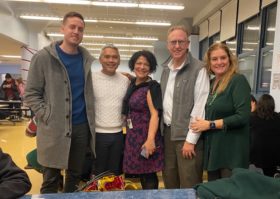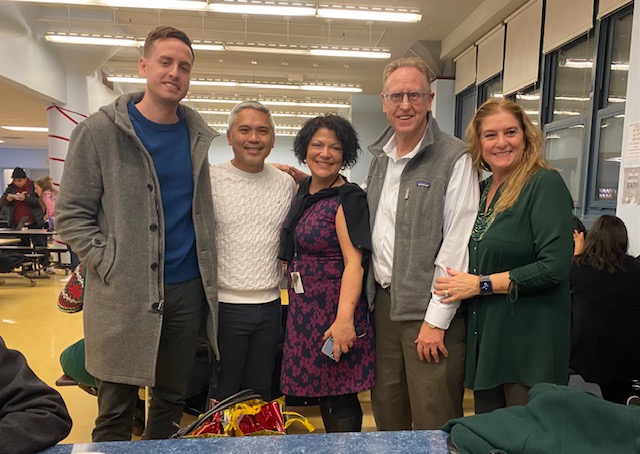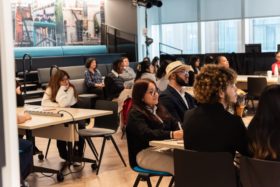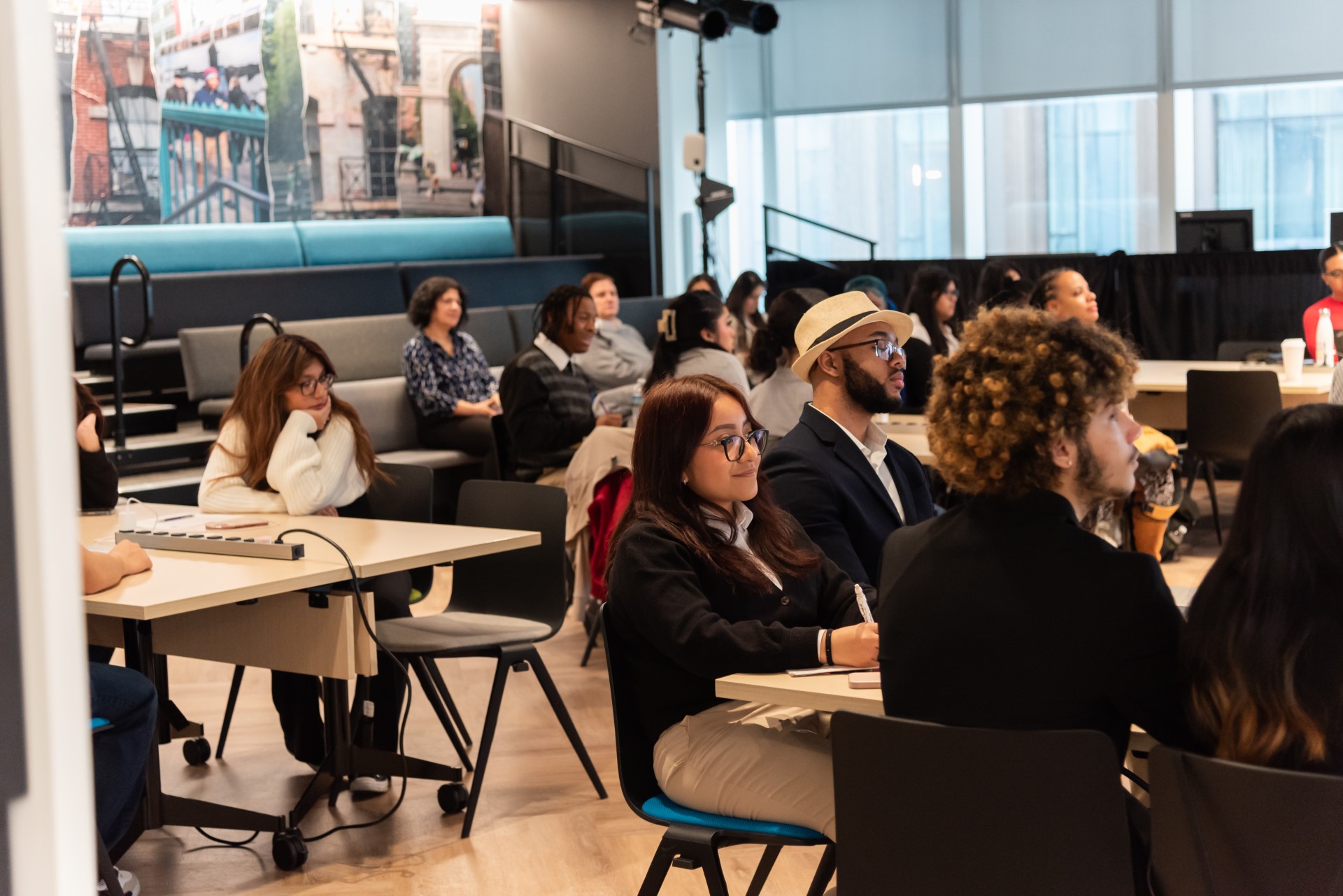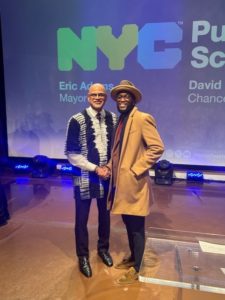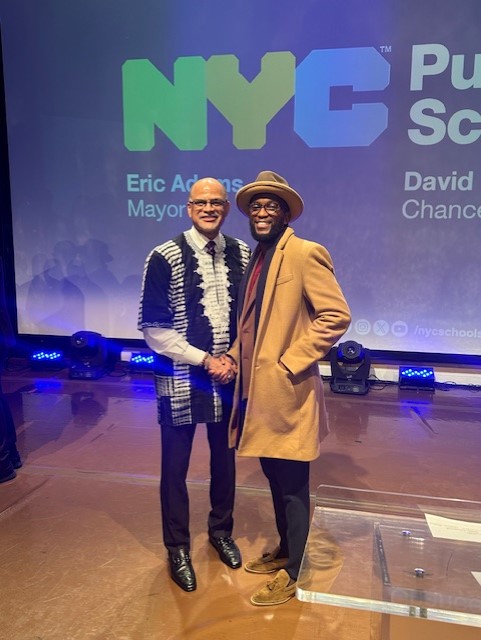Information Technology

Whether they are learning remotely from home part of the week or every school day, all City students will receive remote instruction in two different forms: live interaction with a teacher (sometimes referred to as, “synchronous instruction”), and independent learning (also known as, “asynchronous instruction”), which includes assignments, projects, or recorded video lessons. Here is what that means:
Live interaction means that your student will interact with their teacher via video/telephone conferencing or another interactive medium in real time. During these sessions, teachers may interact with whole classes, small groups, and/or individual students. Live interaction sessions can take place on platforms like Google Meet, Microsoft Teams, Zoom, and other DOE-approved digital platforms.
Examples of the kinds of activities that can take place during live interaction periods include:
- Class lessons;
- Teacher Office Hours (times during which families can connect with teachers in real time to get help with instructional activities;
- Social-emotional wellness activities that promote students’ mental health, such as sharing circles or mindfulness exercises; and
- Feedback discussions that provide students and their families with opportunities to discuss their work and academic performance with teachers.
To facilitate remote learning, students can access multiple educational applications—such as G Suite, Microsoft O365, and Zoom—using secure central accounts. Schools should ensure their students have NYCDOE student account DOE student accounts.
Your child will have a high-quality educator leading their education, no matter where they are learning. Instruction may look a little bit different in every school, reflecting the specific needs of the school community, but here is what you can generally expect:
For Students in Blended Learning
Blended learning refers to a combination of on-site, in-person instruction at the school some days of the week, and remote instruction at home on remaining days. Your child may have different teachers for on-site and remote learning who work closely together in pairs or teams to create meaningful and connected learning experiences. For example, a student may begin a project in person and then continue to work on it while remote. During the remote portion of blended learning, your child will be with the same group of students with whom they attend school in person.
Blended learning adds technology, resources, and flexibility to personalize instruction. Students will maximize learning time as more digital content and innovative data resources become available.
The DOE will provide supports to schools on:
- Blended learning models that support instruction to ensure students continue learning whether in school buildings or at home;
- Using data and tools to understand the individual academic needs of each student, and support students who may have lost learning or skills during remote instruction;
- Identifying shared, inclusive, and standards-based curricula that schools may use to support learning happening in-person and remotely; and
- Emphasizing culturally responsive, inclusive and sustaining educational content and practices based on students’ racial and cultural identities.
Schools will have the option to use iLearnNYC or Google Classroom to provide a cohesive and consistent student experience. These tools will be available in phases, based on funding availability and other factors.
For Students in Full-Time Remote Learning
Students engaging in full-time remote learning will be taught by teachers from their own school as frequently as possible. Teachers will regularly meet with the same group of students on specific days.
The current situation has created incredible strain in our communities. The health and economic implications of the crisis have deep impacts on students and their families. The loss and pain of loved ones all around us are a great source of grief for everyone, and especially for children, who are in key stages of their development.
While all of this has been happening, students have been physically isolated from their school communities, their teachers, their friends and have had very few supports to help them process these traumatic events. Social-emotional learning is critical to the overall health of students and their ability to learn.
In light of this, schools will need to continue to prioritize the following in the upcoming school year:
- Allow time for teachers, staff and students to readjust to being in school buildings and to adapt to changes;
- Dedicate the first few weeks of school to providing social and emotional support as part of the school reopening plans;
- Integrate social-emotional learning and trauma-informed care into core academic instruction; and
- Prioritize mental health supports throughout the 2020-2021 school year.
For more information, please see here for our Bridge To School plan.
As your child’s learning journey continues this year, it is critical that you have a clear picture of their progress. Grades provide a common language for understanding and communicating with your child’s teacher(s) about their strengths and areas for growth. The 2020-21 grading policy aims to provide you with a clear picture of your child’s progress while honoring each individual student’s experience adapting to new ways of learning.
Here are key elements of this year’s grading policy:
- Student grades will still be based on academic progress and performance, considering students’ entire body of work in each subject.
- Schools’ grading policies will reflect the new ways students complete their work in blended and remote learning models. This means flexibility with assignments, giving students different ways to show what they have learned, and more.
- While students must continue to participate in remote and blended learning each day, attendance will not be a factor in student grades. Attending school, participating in class, and demonstrating understanding are all essential components of student learning, and school communities must make every effort to ensure that students attend school, with a goal of every student, every day.
- Each school selects its own grading scale from among several options, but no students will receive failing grades upon initial completion of their courses. Examples of common grading scales include the 1-4 scale, the numerical scale (100 points), and the alphabetical scale (A-D).
Families have flexibility in determining how passing final grades are reflected on student records. This is an option for families who prefer to have their child’s performance reflected more generally (such as “Pass” instead of a numerical grade) as they continue to adapt to blended and remote learning.
There are many benefits to in-person learning, and nothing can replace the instruction a student receives in the classroom. Knowing every student well and learning in-person is a critical way to provide a high-quality education. However, because we are in a global pandemic, we also understand that there are varying levels of comfort in returning to school buildings and families are making decisions that are specific to their circumstances and level of comfort.
While there will be some key differences between the learning in a classroom or learning remotely, the expectation for high-quality instruction that is culturally responsive and rigorous remain the same as they always have across the board, for all students.
Administration
Ms. Woods-Powell (Principal)
Patrick Franck (Dean)
Ms.Goodridge
Ms.Kilian
Kenneth Ojeda
Michael Rieger
Art & Music
Caroline Fortuna-Fernandez
Judy Hyun-ju Cho
CTE
Ms. Ramirez
Mr. Vanderputten
Mr. Hadel
English & ESL
Ms. Backer
Ms. Kaso
Mr. Morrison
Ms. Sakhno
Jaime Brown
Johanna Guzman
Andy Martinez
Jackeline Mendonca
Kassandra Renza
Elisia Rodriguez
Olga Sakhno
Elicia Rodriguez
Foreign Language
Gabriel Olivares
Guidance
Ms. Becker
Mr. Ladignon
Ms. Lopez
Ms. Soriano
Kevin Hernandez
Joyce Soberal Lopez
Math
Leslie Julien
Ms. Kinzer
Ms. Shin
Arthur Chen
Camille Smith
Physical Education
Mr. Ladignon
Mr. Reid
Mr. Serrano
Parent Coordinator
Judy Boror
School Physcologist
Priya Brijmohan
Technology Teacher
Richard Nelson
Greogory Rivera
SBST
Ms. Herrera
Science
Ms. Ha
Dr. Liu
Mr. Ramnanan
Dr. Turner
Amer Ismael
Social Studies
Joel Alfaro
Mr. Franck
Ms. McHugh
Mr. Siu
Daniel Estrada
Special Education Teachers
Ms. Adrian
Ms.Bear
Daniel Alexis
Mr. Chowdhury
Mr. Dowdy
Ms. James
Ms. J. McConnell
Mr. Miller
Mr. Mosqueda
Ms. Noel
Mr. Rollon
Amy Chen
Special Education Paraprofessionals
Ms. Berland
Ms. Kombe
Ms. Manick
Ms. P. McConnell
Ms. Rai
Ms. Ravello
Ms. Saha
Amy Deplezo
Brendan McCormick
Staff
Ms. Douse
Mr. Grant
Ms. McSorely
Ms. Moustogiannis
Ms. Williams
Gloria Brown
Harry Chan
Sofia D’Louis
Dorian Duryea
Rola Ghafary
Terry McMillan
Engy Hanna
Lisa Mack
Travis Milien
Christopher Tice

About the school
ABOUT
Information Technology High School infuses curricula aligned to college, career, and civic readiness standards to ensure that students engage in learning experiences that address their needs, interests, and experiences.

